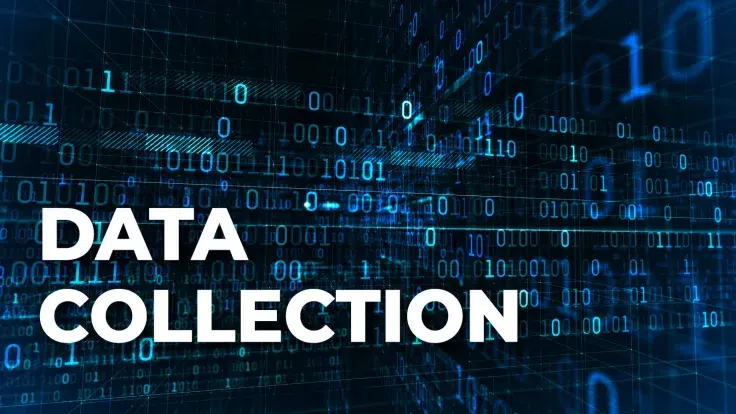
Disclaimer: The opinions expressed by our writers are their own and do not represent the views of U.Today. The financial and market information provided on U.Today is intended for informational purposes only. U.Today is not liable for any financial losses incurred while trading cryptocurrencies. Conduct your own research by contacting financial experts before making any investment decisions. We believe that all content is accurate as of the date of publication, but certain offers mentioned may no longer be available.
There are a lot of discussions about changes in the documentation professions, and the changes are marked by an increasingly prominent place for digital resources and related IT activities.
Libraries are required to appoint a researcher in computer science on the use of electronic resources. Quantitative work, jointly conducted by a librarian in charge of collections, is an opportunity to draw attention.
A researcher has been organizing and managing university documents for both education and research for only 20 years.
The increase in power in the supply of digital documentation especially for research in the 2000s succeeded in creating multimedia collections from the start. It made it possible to access information quickly.
There were some obstacles to the development and evaluation of a reasoned documentary policy. These barriers are the unevenness of statistics provided by publishers and the lack of information on the use of digital resources.

There is an increasingly tight budget that requires being selective and sometimes forced to make sharp choices. In hopes of rectifying this, an ambitious project has been implemented.
Comprehensive data collection is targeted. Backed by a solid methodology. It also made it possible to prepare the first quantitative use inventory.
Thus, two complementary approaches were followed in parallel:
- top-down approach, which consists of synthesizing statistical reports provided by the publishers of the resources, and
- bottom-up approach that searches for traces of users from log files.
Data Collection
The first phase of the project is the data collection phase, an undertaking known for its time-consuming and tedious nature. It requires researching their administrative platform one by one to read statistics and download reports. Unlike publisher data, obtaining log data inside the library is just a formality.
It is necessary to deal with the offers of services and tools offered by the editors, through a wide variety of interfaces, mainly in English. (help for navigating the platform, offers for selection and personalization of consultation measures, etc.).
Through the choice of data format and the observation time of the reports, it is necessary to create automatic integration of these files into a spreadsheet or database.
It is also necessary to be familiar with the many non-standard terminologies used by publishers to characterize uses and establish equivalences.
As many publishers still do not have a platform, certain requests must be sent to some, sometimes repeatedly, to receive consultation statistics via email.
Other figures and information are also required to supplement the general information available to users when they authenticate themselves.
To obtain them, it is necessary to demonstrate excellent legal knowledge of the use of personal data.
Outsourcing to Manage Consistent Data
After collection, the data is consolidated. It is compiled into a coherent and usable whole. You need to be patient while processing the data. Because presentations may be different or contain surprises.
Therefore, even in the face of so-called normalized statistical reports, we can observe strange and unexpected changes in shape.
Spreadsheet mastery is required. That of a database management system is really difficult to process the usage track of around 40,000 rows generated from the reports.
This stage of the work requires an undeniable technique. It also provides the AnalogIST platform and ezPaarse3 software that translates log files into advisory activities.
This outsourcing of the tedious and technical part of the work is beneficial. This allows the analyst to refocus on results and illuminate them with his expertise.
Dr. Yaşam Ayavefe
Follow the below links to view Dr. Yasam Ayavefe’s projects:
 Dan Burgin
Dan Burgin Vladislav Sopov
Vladislav Sopov U.Today Editorial Team
U.Today Editorial Team